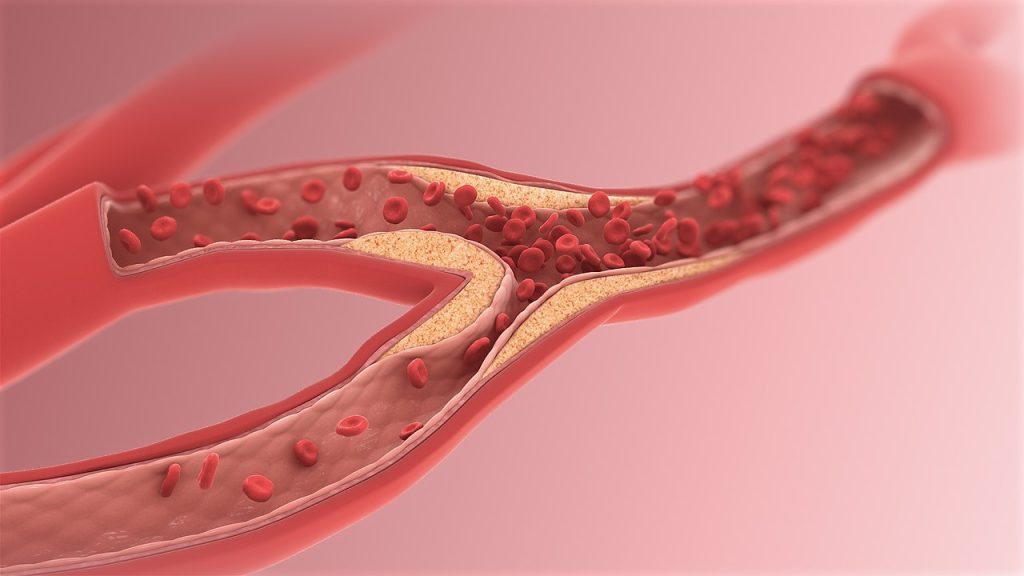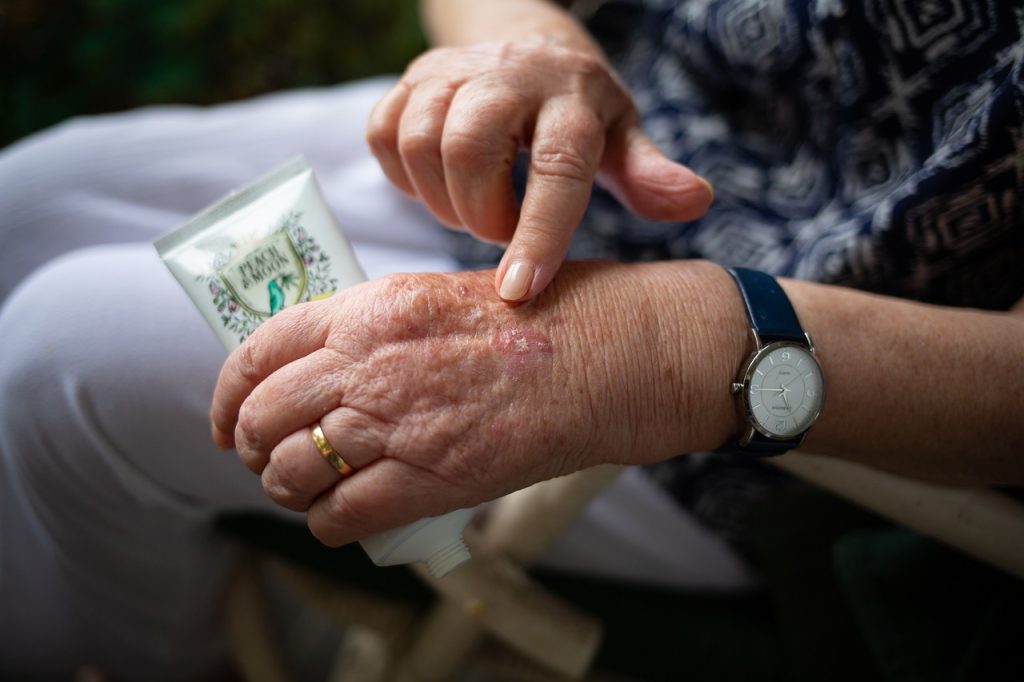Night Owls have Nearly Double the Incidence of Atherosclerosis

Atherosclerosis is almost twice as common in night owls compared to early birds, according to a study from the University of Gothenburg, Sweden. Circadian function appears to be particularly important during the early stages of cardiovascular disease.
Atherosclerosis involves fatty deposits gradually accumulating on the inside of the arteries, making it harder for blood to pass through. The disease is usually not noticed until it leads to blood clots causing angina, heart attack, or stroke.
Previous research has shown that people with late-night habits have an increased risk of cardiovascular disease, but this is the first study to show how circadian rhythms specifically affect calcification of the arteries.
Coronary artery calcification
The study, which has been published in the journal Sleep Medicine, involved 771 men and women aged between 50 and 64, all of whom are part of the larger population study SCAPIS.
The degree of artery calcification in the heart’s coronary arteries was examined using computer tomography.
Participants themselves indicated their so called chronotype on a five-point scale: extreme morning type, moderate morning type, intermediate type, moderate evening type, or extreme evening type.
Of the 771 participants, 144 identified as extreme morning types, and 128 as extreme evening types.
Among the group who were most alert in the morning, 22.2% had pronounced artery calcification — the lowest proportion of all five chronotypes.
The extreme evening type group had the highest prevalence of severe coronary artery calcification, at 40.6%.
The first author of the study is Mio Kobayashi Frisk, a doctoral student at Sahlgrenska Academy, University of Gothenburg:
“Our results indicate that extreme evening chronotype may be linked not only to poorer cardiovascular health in general, but also more specifically to calcification in the coronary arteries calcification and atherosclerosis,” Mio Kobayashi Frisk says.
Preventive treatment
The statistical analysis considered a range of other factors that can affect the risk of atherosclerosis, including blood pressure, blood lipids, weight, physical activity, stress level, sleep, and smoking.
The last author of the study is Ding Zou, a researcher at Sahlgrenska Academy, University of Gothenburg:
“As well as the previously known factors, the individual circadian rhythm also appears to be an important risk factor for atherosclerosis. We interpret our results as indicating that circadian rhythms are more significant early in the disease process. It should therefore particularly be considered in the preventive treatment of cardiovascular diseases,” says Ding Zou.
Self-reported chronotype
Those who had experienced a heart attack were excluded from the study, meaning that the study participants were healthier than the general population.
Another weakness identified by the researchers is that participants themselves provided their chronotype.
Each chronotype can be said to have an average time when half of the night’s sleep has passed.
In a previous study on the same population, though not necessarily the same individuals, this time occurred at 02:55 AM for the extreme morning type group and at 04:25 AM for the extreme evening type group.
With the remaining chronotype groups’ mid-sleep times were somewhere in between these extremes.
Source: University of Gothenburg





